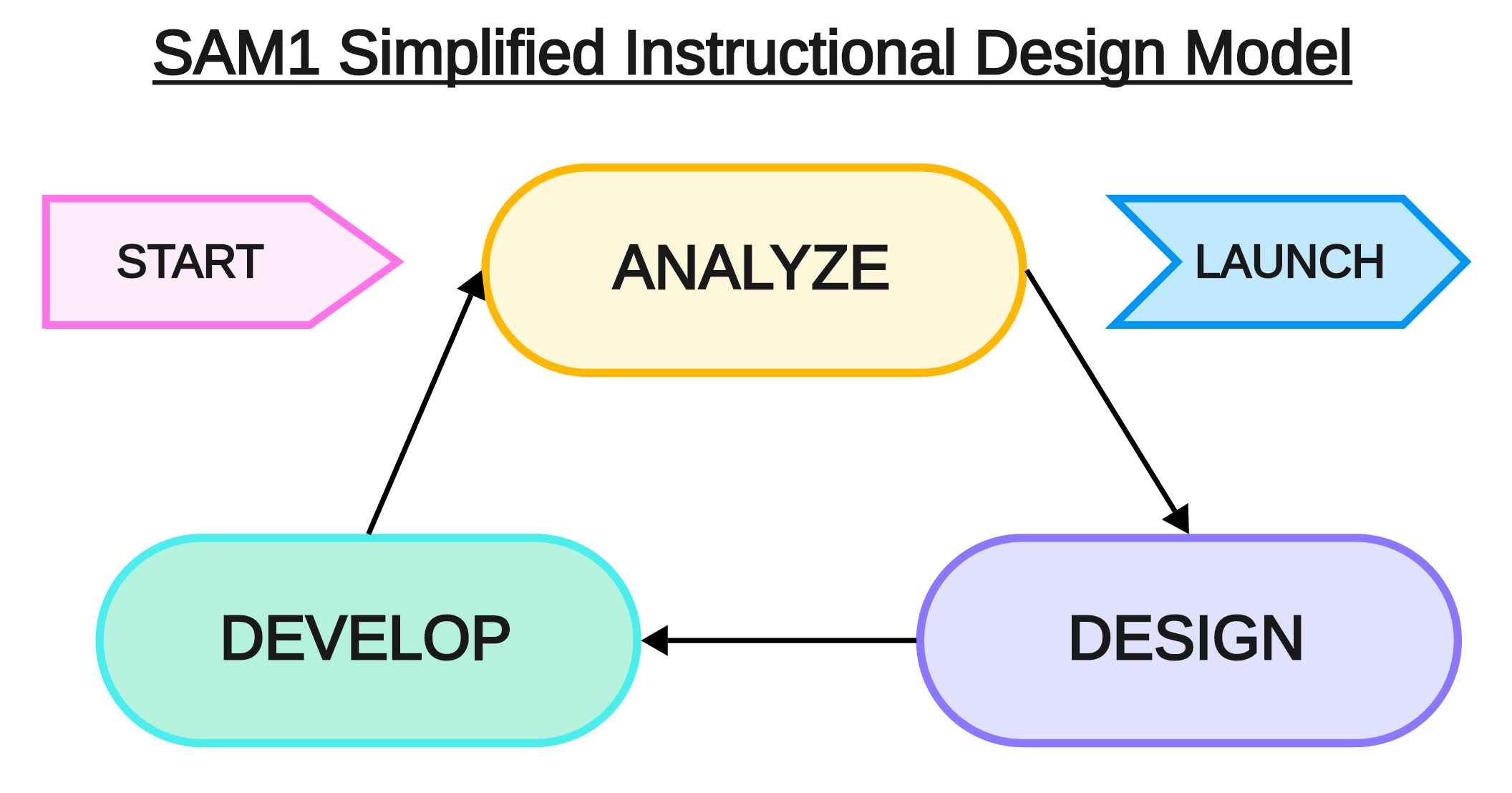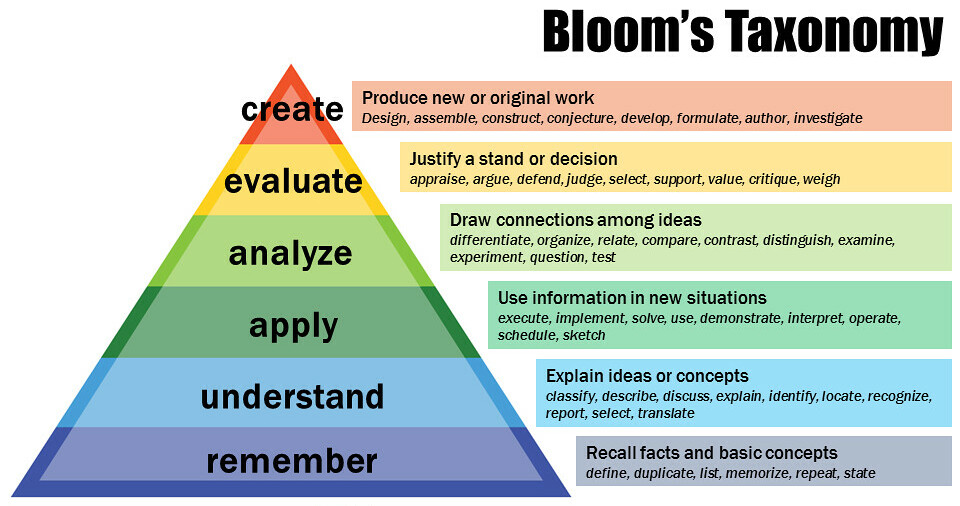
LDT200x
Instructional Design Models

Instructional Design Models
Artificial intelligence (AI) refers to the simulation of human intelligence in machines that are programmed to think and learn like humans. These systems can analyze data, recognize patterns, and make decisions with minimal human intervention. In education, AI has the potential to transform teaching and learning experiences by personalizing education, enhancing engagement, and improving administrative efficiency.
Thank you for subscribing
Thank you for subscribing
Thank you for subscribing

ADDIE stands for Analysis, Design, Development, Implementation, and Evaluation, and serves as probably the best-known foundational framework in the field of instructional design. ADDIE, originally developed to facilitate military training, can be used for everything from in-person classes to online courses (Szabo, 2022). This linear model is easy to remember and can be implemented effectively by both newcomers to instructional design as well as seasoned course developers.
Thank you for subscribing
Thank you for subscribing
Thank you for subscribing

The Dick and Carey instructional design model is a comprehensive framework to develop robust courses for students. The Dick and Carey model of instructional design was first proposed in the book The Systematic Design of Instruction published in 1978 by Walter Dick and Lou Carey. This model emphasizes a systems view of instruction, as opposed to isolated parts, focusing on the interrelationship between instructional design elements such as context, content, and assessment (Dick & Carey, 1978).
Thank you for subscribing
Thank you for subscribing
Thank you for subscribing

Understanding by Design (UbD) is an educational framework developed by Grant Wiggins and Jay McTighe that focuses on designing curriculum and assessment with first the end goals in mind (Wiggins & McTighe, 2005). Because of this, UbD is also called Backwards Design. The UbD approach emphasizes backward planning, ensuring that learning experiences align with desired outcomes.
Thank you for subscribing
Thank you for subscribing
Thank you for subscribing
.png)
Rapid Instructional Design (RID) is a streamlined approach to the instructional design process that emphasizes speed and flexibility, ideally without sacrificing the quality of the instructional materials. It typically involves fewer steps than traditional models and allows for the rapid development and deployment of educational content. RID often includes stages such as rapid prototyping, iterative development, and immediate implementation, with ongoing evaluation and revision. However, none of these stages are set in stone as in other more linear models.
Thank you for subscribing
Thank you for subscribing
Thank you for subscribing

The Successive Approximation Model (SAM) is an agile instructional design framework developed by Michael Allen, which emphasizes iterative design and rapid prototyping in the development of educational experiences (Allen, 2016). SAM is focused on creating learning experiences that are responsive to user feedback and evolving requirements, making it a dynamic alternative to more traditional instructional design models. Its core philosophy advocates for collaboration between designers and stakeholders throughout the design process.
Thank you for subscribing
Thank you for subscribing
Thank you for subscribing

Clear learning objectives are critical for creating an effective learning environment for students (Allen, 2016; Smith, 2021). They provide students with a roadmap of what is expected, allowing them to focus their efforts and stay motivated. Well-defined objectives also help instructors align their teaching methods, assessments, and course content to support student success (Jones, 2022).
Thank you for subscribing
Thank you for subscribing
Thank you for subscribing

The purpose of the Be Your Own Herbalist course will be to educate laypeople on the basics of herbalism, so they can be better informed about choosing and using herbal remedies and related supplements. The focus of this course will be on educating students to think like an herbalist, and understand the various frameworks for herbal selection, including Ayurveda and TCM.
Thank you for subscribing
Thank you for subscribing
Thank you for subscribing

Copyright Stephanie Brail, CC BY-NC-ND 4.0. Images are either AI generated or free stock photography from Unsplash.